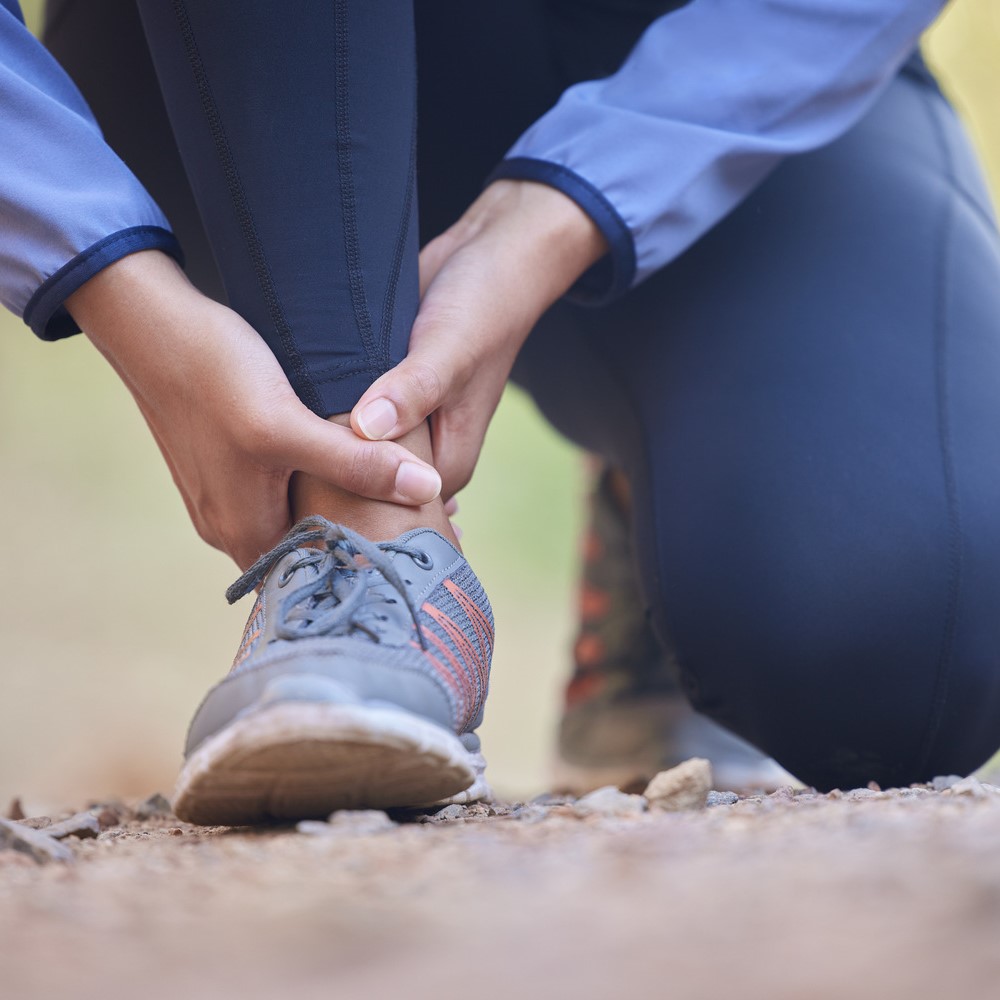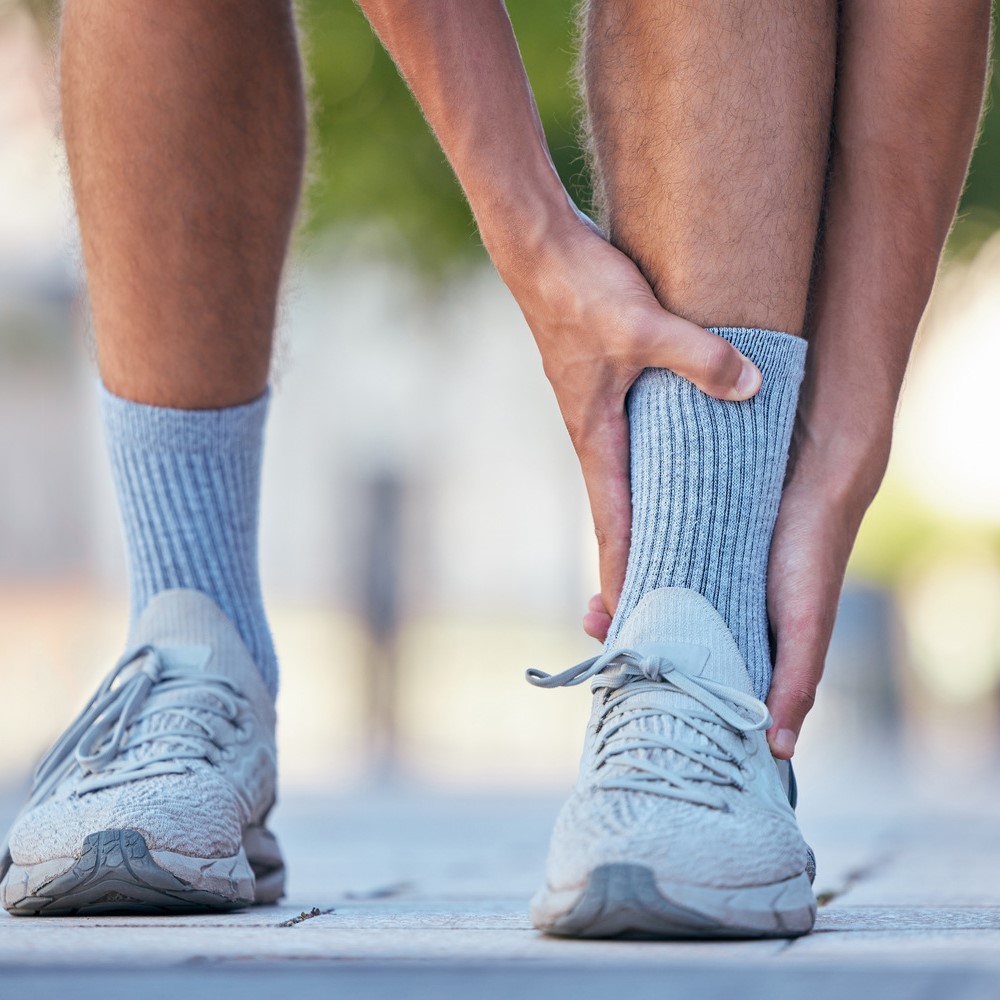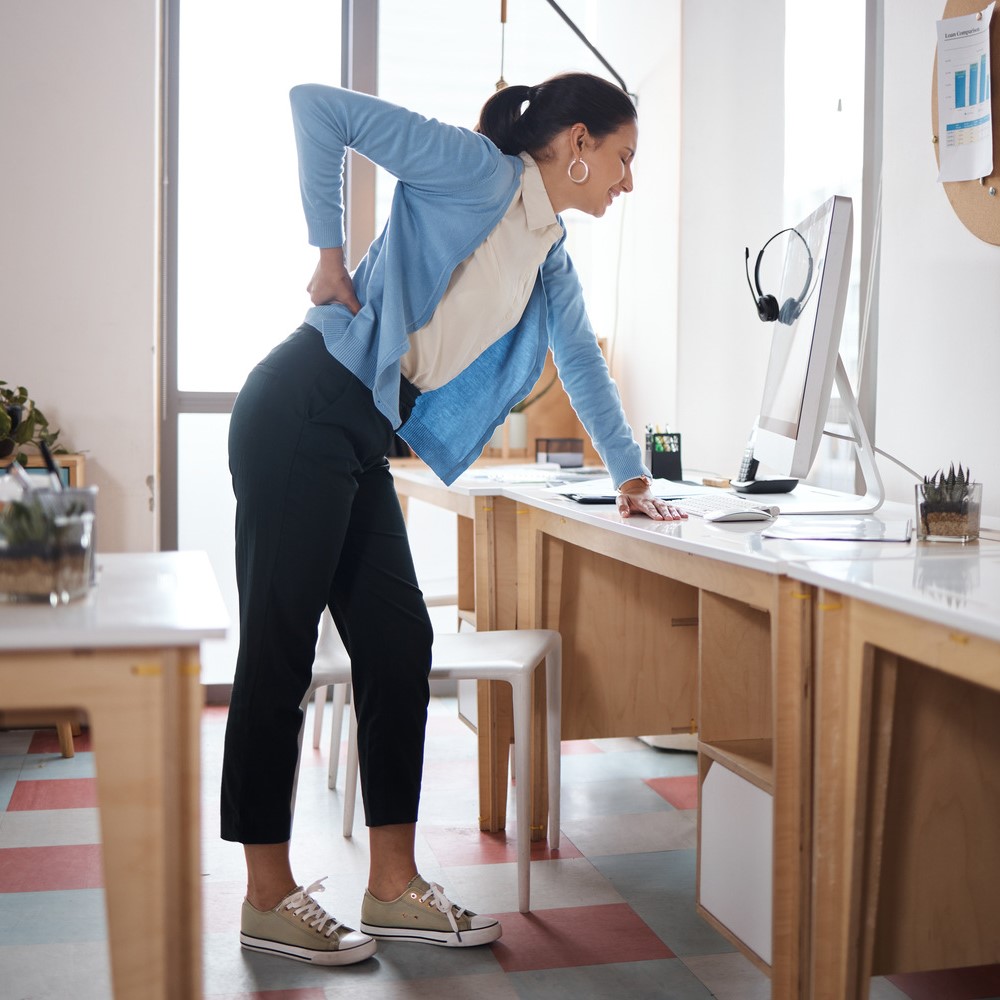Strapping for Plantar Fasciitis
Are you tired of waking up with heel pain? Do you feel like you can’t walk without pain? You may have plantar fasciitis. Luckily, there are a few different ways to treat plantar fasciitis, including strapping. Strapping can be a helpful way to relieve pain and discomfort, and it can also help to prevent the condition from getting worse. In this blog post, we will learn more about strapping for plantar fasciitis. First, what is Plantar Fasciitis? Plantar fasciitis is a common condition that causes pain in the heel and arch of the foot. An inflammation of the plantar fascia is the cause, a thick band of tissue that runs along the bottom of the foot from the heel to the toes. Strapping can be a helpful way to relieve pain and discomfort. Learn more about plantar fasciitis. Well, what is Strapping for Plantar Fasciitis? Strapping for plantar fasciitis is a technique that involves applying athletic tape or a specialized strapping material to support and stabilize the foot, particularly the arch and heel area, in order to alleviate pain and discomfort associated with plantar fasciitis. The strapping technique aims to provide additional support to the plantar fascia and reduce stress on the affected area. Usually, your podiatrist will recommend this way in conjunction with other treatments such as stretching exercises, orthotic inserts, and physical therapy. The strapping is usually applied by a podiatrist. The specific method of strapping for plantar fasciitis may vary depending on the individual and the severity of the condition. However, it typically involves applying the tape or strapping material in a way that supports the arch and limits excessive stretching of the plantar fascia. The strapping may also help to correct foot alignment and provide some cushioning to reduce pressure on the heel. Is It a Treatment for Plantar Fasciitis? It’s important to note that strapping is not a cure for plantar fasciitis but rather a temporary measure to provide support and relieve symptoms. It can be beneficial as part of a comprehensive treatment plan, which may include rest, stretching exercises, strengthening exercises, footwear modifications, and other interventions. If you’re experiencing plantar fasciitis, consult a podiatrist for a proper diagnosis and guidance on the most appropriate treatment options for your specific situation. Strapping should be done for 2-3 days at a time and then removed for 1-2 days before reapplying. Find out more about plantar fasciitis treatment options. Tips to Relieve the Pain In addition to strapping, there are other things you can do to relieve plantar fasciitis pain, such as: Stretching the plantar fascia and calf muscles Using ice or heat therapy Wearing supportive footwear Losing weight if you are overweight or obese Avoiding activities that aggravate the pain
Strapping for Plantar Fasciitis Read More »











